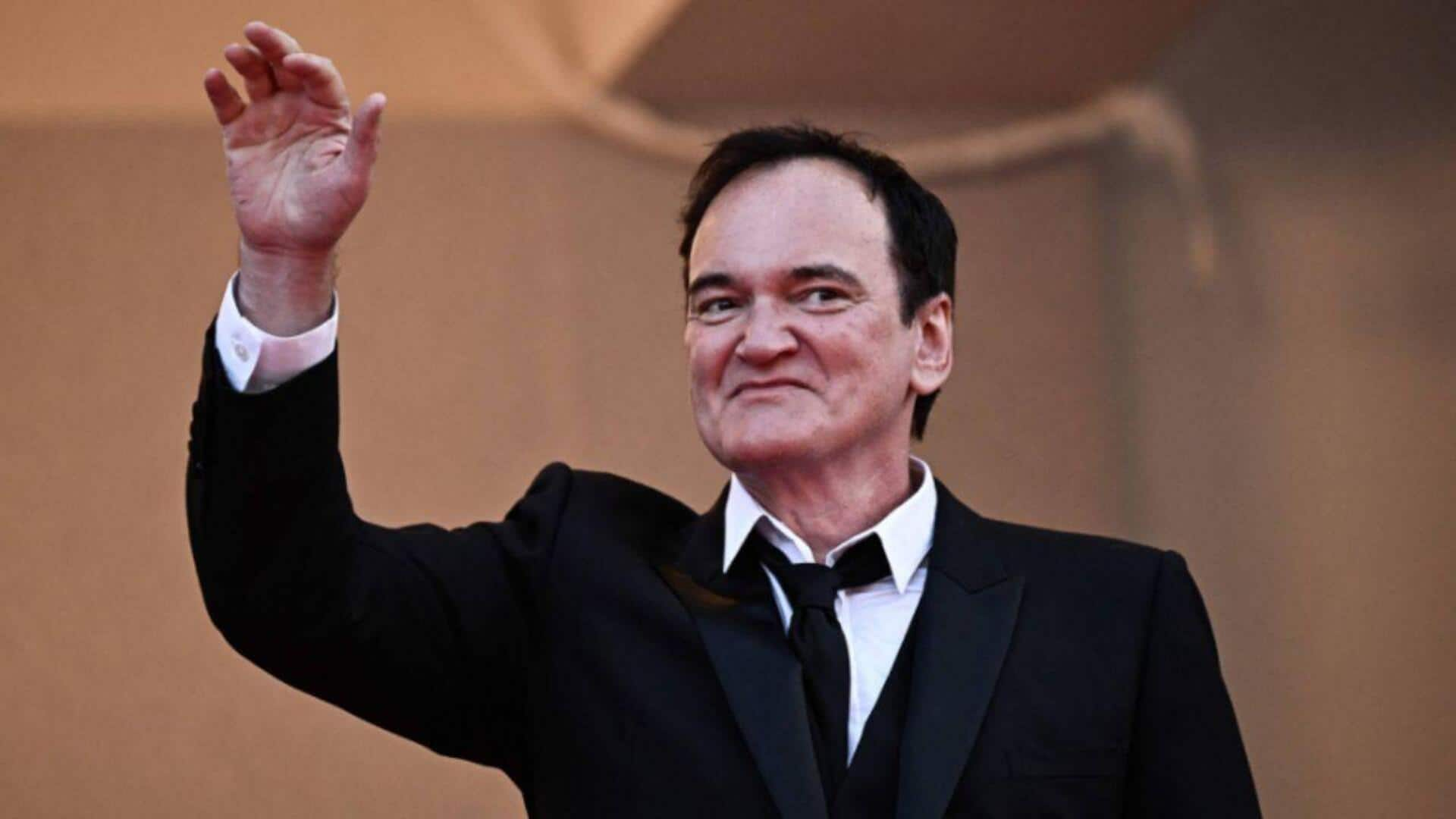
How Quentin Tarantino turned dialogue into pure cinema magic
What's the story
Quentin Tarantino is known for his unique flavor in modern-day cinema, especially his command over dialogue. His movies are usually defined by conversations that are as riveting as they are unforgettable. The way Tarantino handles dialogue has set a standard in the business, inspiring innumerable directors. By concentrating on character building, pacing, and cultural references, he creates scenes that enthrall viewers. Here's how Tarantino makes dialogue an art in today's cinema.
#1
Character-driven conversations
Tarantino's dialogues are steeped in character. Every single line is not just a line; it's a revelation about what the characters are like, how they think, and what motivates them. In Pulp Fiction, for example, the ordinary conversations between characters speak a lot about their lives and relationships. This way, audiences connect with characters, making them more invested in the story.
#2
Pacing and rhythm
The pacing of dialogue in Tarantino's films is so deftly written that you won't even blink an eye. He loves long takes and uninterrupted exchanges, be it tension or humor. The rhythm can be rapid-fire exchanges or slow, deliberate speeches, but you'll always be on the edge of your seat. This dynamic use of pacing guarantees that no scene is ever boring.
#3
Cultural references and homages
Tarantino also loves to throw in cultural references into his dialogues, giving them more layers for those who recognize them. The references can be anything from nods to classic films to mentions of popular music or literature. Doing so, he makes a rich tapestry that resonates with the audience who love these homages, while making the narrative context richer for those who don't.
Tip 4
Subtextual depth
Another hallmark of Tarantino's dialogue is its subtextual depth. Conversations often carry hidden meanings or double entendres that invite viewers to read between the lines. This complexity adds intrigue and encourages repeated viewings as audiences discover new interpretations with each watch. The subtext not only enriches the narrative but also challenges viewers to engage more actively with the film's content.